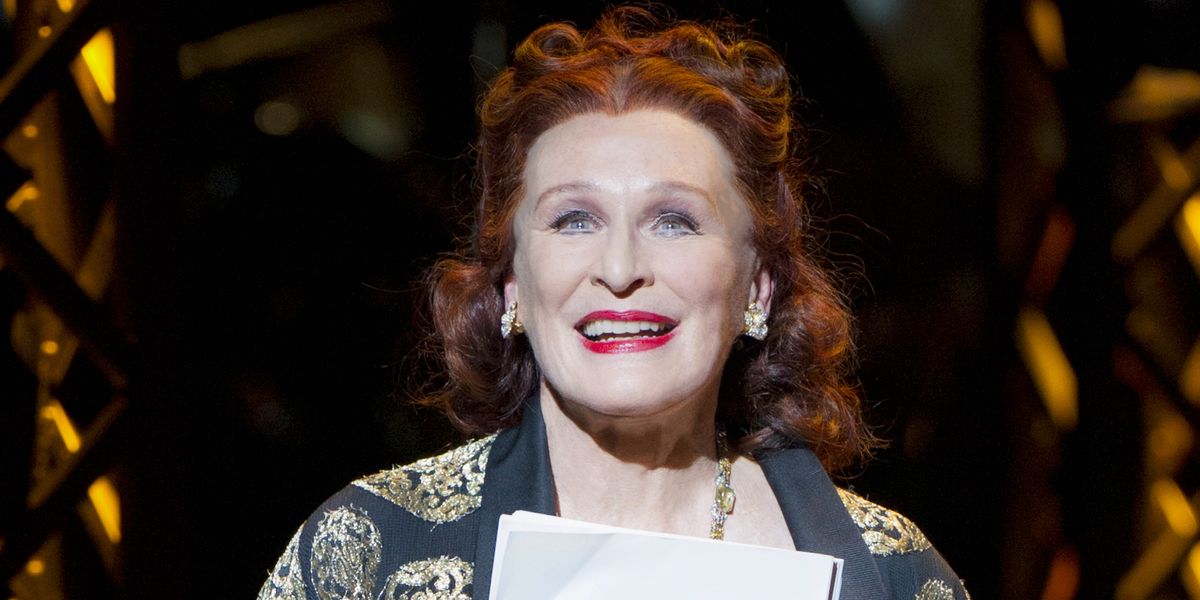Glenn Close Earns Her Spot On Broadway
As more and more stars from movies and television get their kicks doing Broadway musicals, more and more choreographers have to find steps for them to dance.
Sometimes it’s not hard: Denis Jones discovered that Tony Danza had trained in tap when they worked on Honeymoon in Vegas; Spencer Liff had spent years choreographing for Neil Patrick Harris on TV when they both landed in the Broadway production of Hedwig and the Angry Inch.
Sometimes, it’s not easy: Sam Pinkleton worked privately with Josh Groban, the self-proclaimed “world’s worst dancer,” before starting rehearsals for the wonderfully dance-heavy Natasha, Pierre & the Great Comet of 1812.
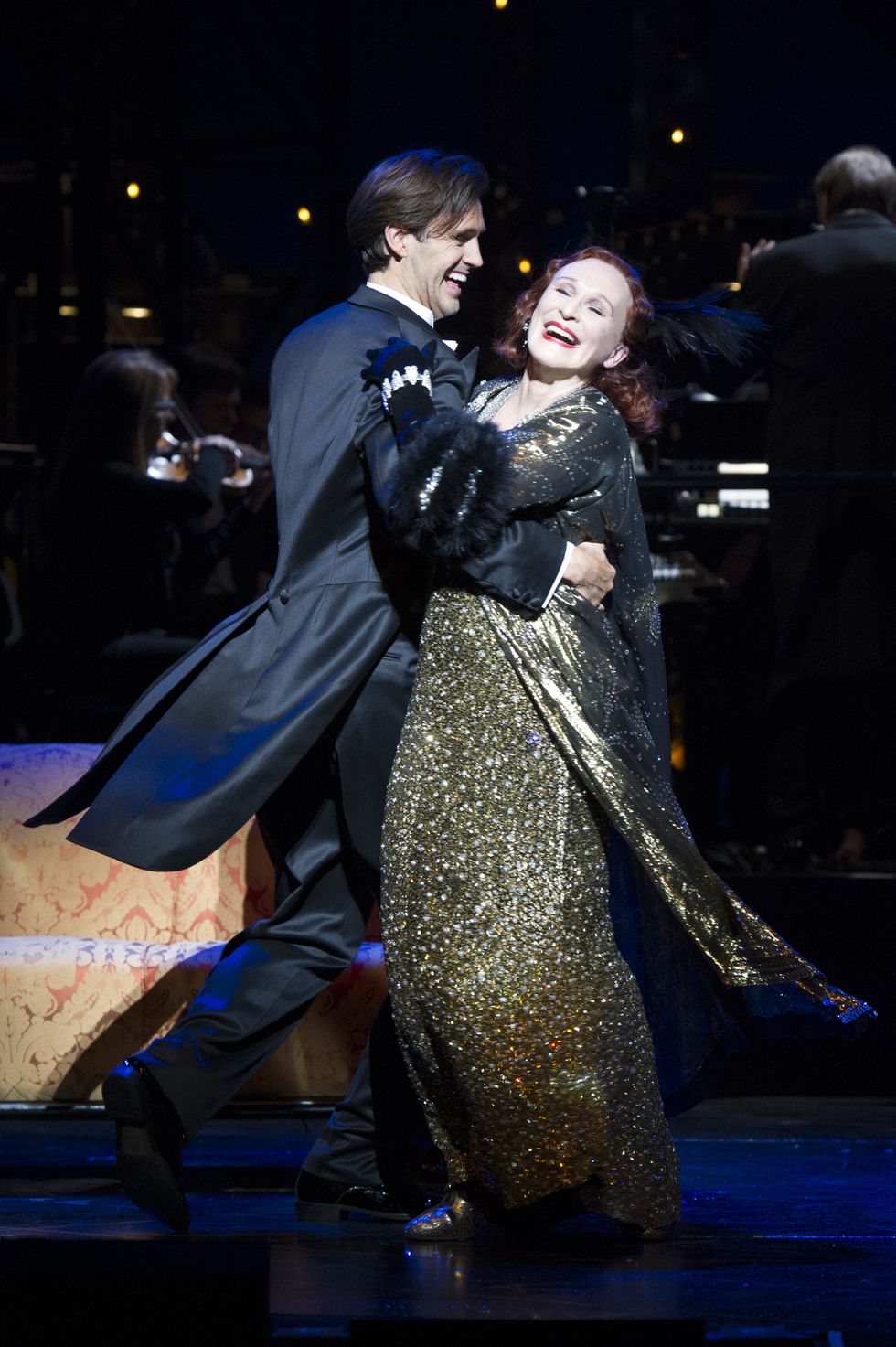
PC Richard Hubert Smith
But talk to Stephen Mear about choreographing for Glenn Close in the revival of Sunset Boulevard, running through May 28 at the Palace Theatre, and you get descriptions that are simply starstruck. She’s “amazing,” “wonderful,” “sensational,” “brilliant.”
It’s not hard to imagine a scenario where a major star with Tonys, Emmys and Oscar nominations, but no real dance experience, makes life difficult for a distinguished but hardly world-renowned choreographer—either by going all diva on him, or by being just too unfocused or uncoordinated to master the steps. But, says Mear, “she was absolutely a treat to work with.” That’s when she wasn’t being “a dream to work with.”
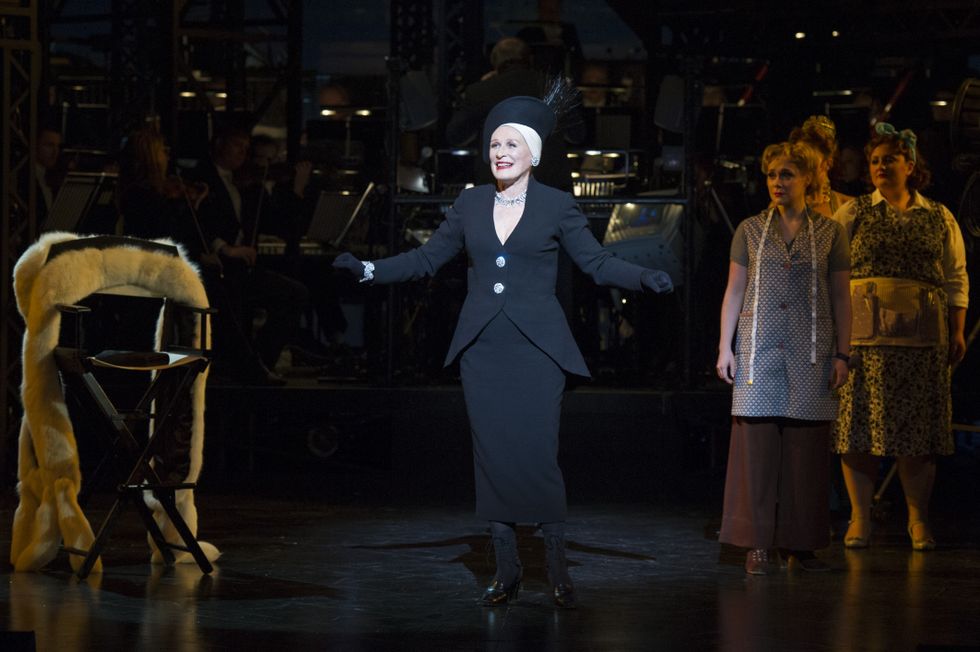
PC Richard Hubert Smith
Close won one of her three Tonys for playing the faded, sadly deluded silent-film star Norma Desmond in Sunset Boulevard‘s original 1994 Broadway production. Andrew Lloyd Webber’s musical take on the Oscar-winning Billy Wilder film won six additional Tonys that year. Returning to the show 22 years later for what was to be a semi-staged English National Opera concert, Close “didn’t want to do the same as she did before,” Mear says.
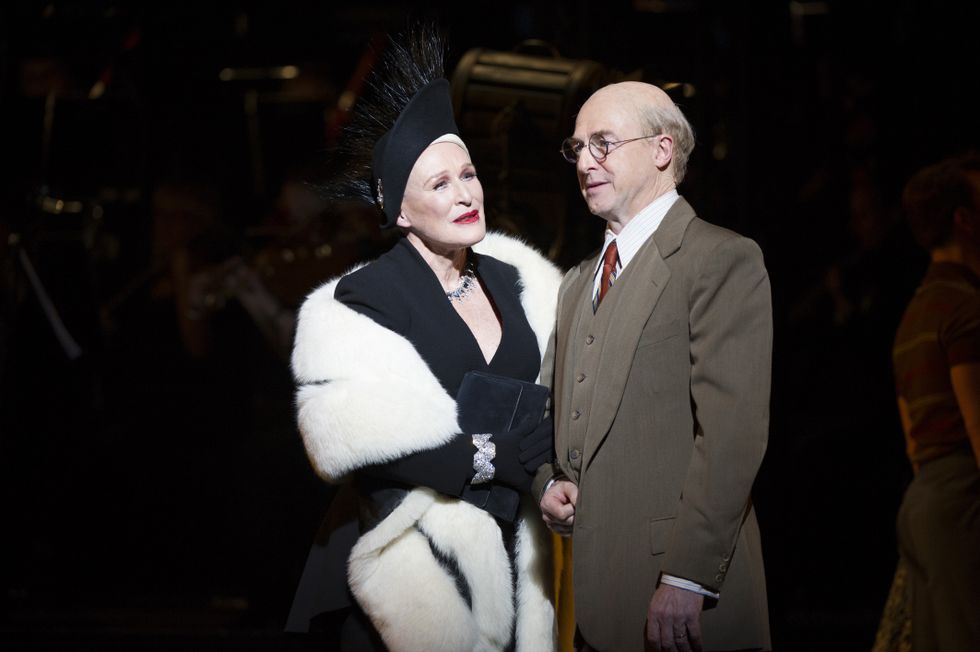
PC Richard Hubert Smith
Sunset Boulevard
has never been a dance show, and Bob Avian’s official credit on the original was for “musical staging.” Mear counts three places in Sunset Boulevard with dancing: the opening number, set in a Hollywood studio and swarming with harem girls; Norma’s New Year’s Eve tango with Joe Gillis, the screenwriter she’s both employing and seducing; and the party scene, in which Joe’s friends celebrate without him.
When Lloyd Webber saw the party scene in rehearsal, Mear recalls, “he said it was too danced. It was the only big scene where he let me absolutely not have it.” His complaint was that some of the information in the number was being lost amid the choreography, and Mear understood. “If you’re treading on lyrics,” he says, “you’re not doing the right job.”
Mear’s work was also constrained by the stripped-down ENO set. “We have to tell the story differently,” he notes. “What there is is a lot of staging. And that’s hard.” Mear had just finished doing 42nd Street in Paris. “That was number after number,” he says, “that I could do standing on my head. This, with a style and a period and characters, is harder. If any choreographer says that it isn’t…well, let me know who they are.”
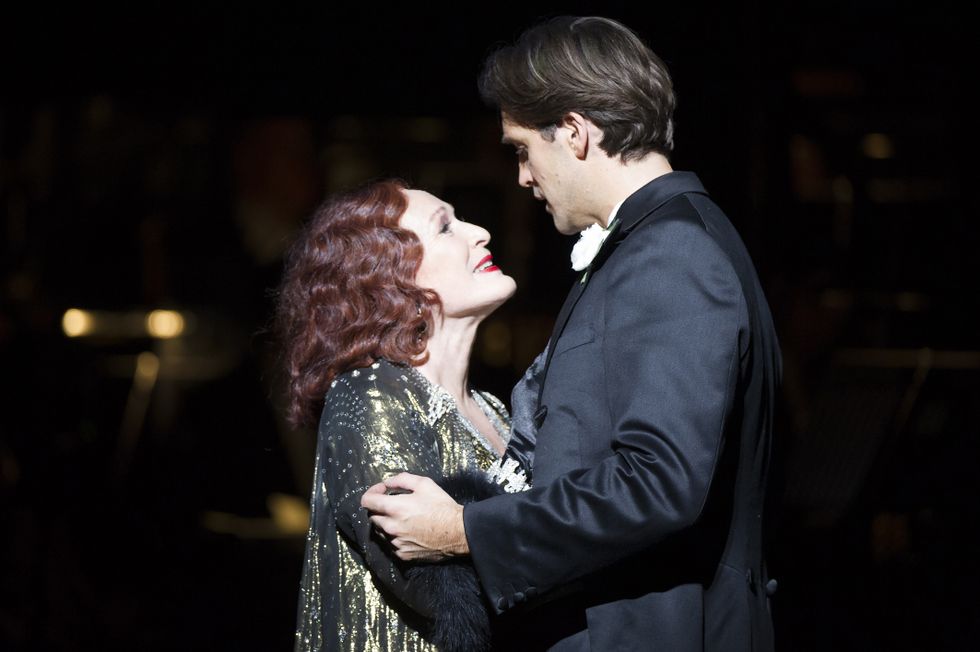
PC Richard Hubert Smith
To set “The Lady’s Paying,” in which an ensemble of salesmen outfit Joe in the style to which Norma wants to accustom him, Mear worked with Close’s understudy, Ria Jones. “It’s choreographed to within an inch of its life,” he notes. “I said to the boys, ‘This might change when Glenn comes—she might want to try something else.'” When Close did come, “she said, ‘Oh, no. Let me see Ria do it.’ Jones did the number, and Glenn said, ‘I love it…I’ll just follow Ria around.'”
That would have been quite enough to endear her to Mear. But Mear makes it clear that she sealed the deal as they worked on the tango. “When we were rehearsing,” he says, “I was standing in for Joe. And when I’m dancing with her, she’s totally in love with me. I was never Stephen Mear. I was always Joe. It was quite amazing.”
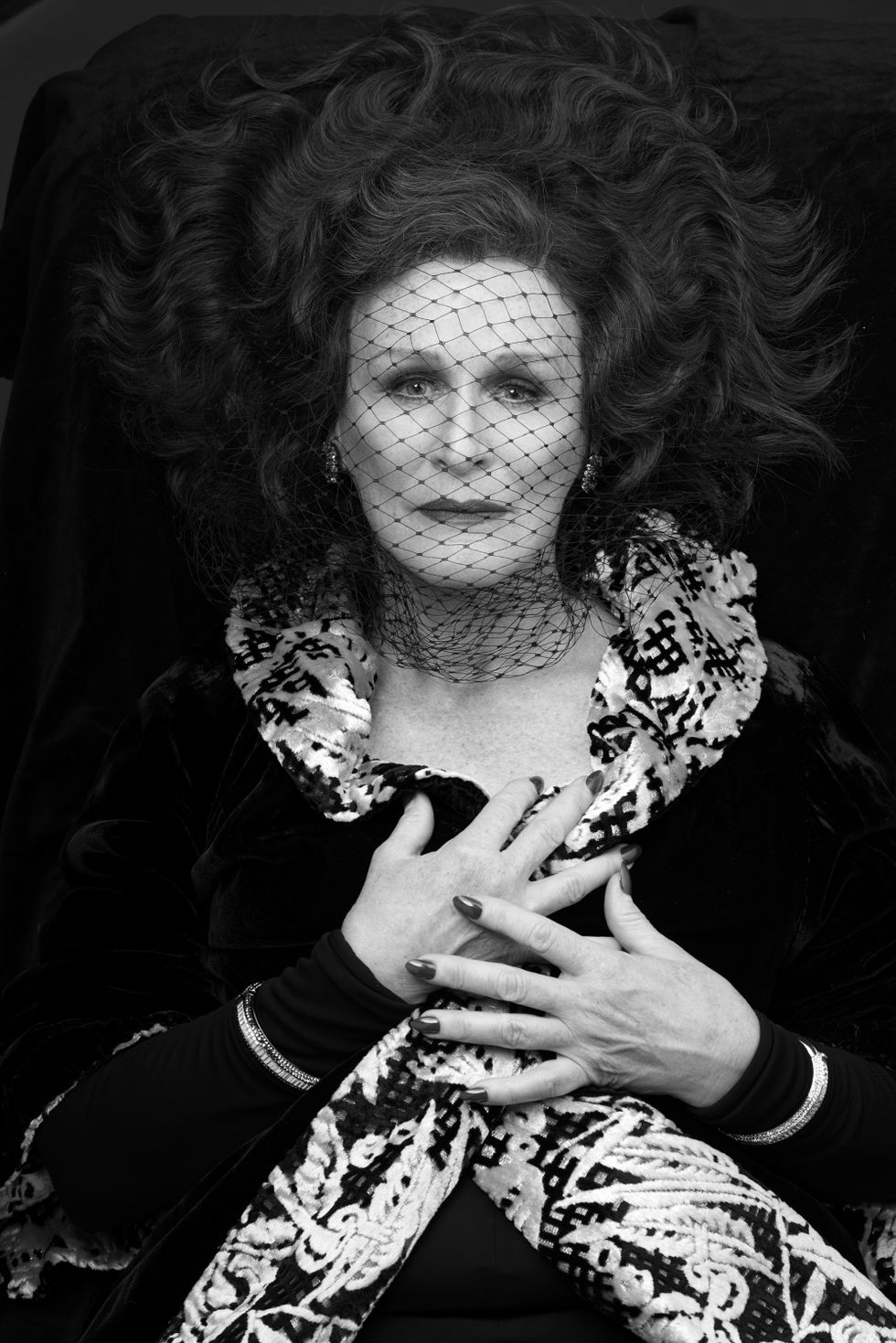
PC Nick Wall
He’d been amazed in that way only once before, he says, when he choreographed the hit production of Gypsy starring the celebrated English actress Imelda Staunton. (That, too, is headed to Broadway.) Mear suggests a simple explanation: “They give it 180 percent,” he says. “Some actresses don’t like to be disliked. But Glenn didn’t care, neither did Imelda. They’re not scared to be ugly.”
